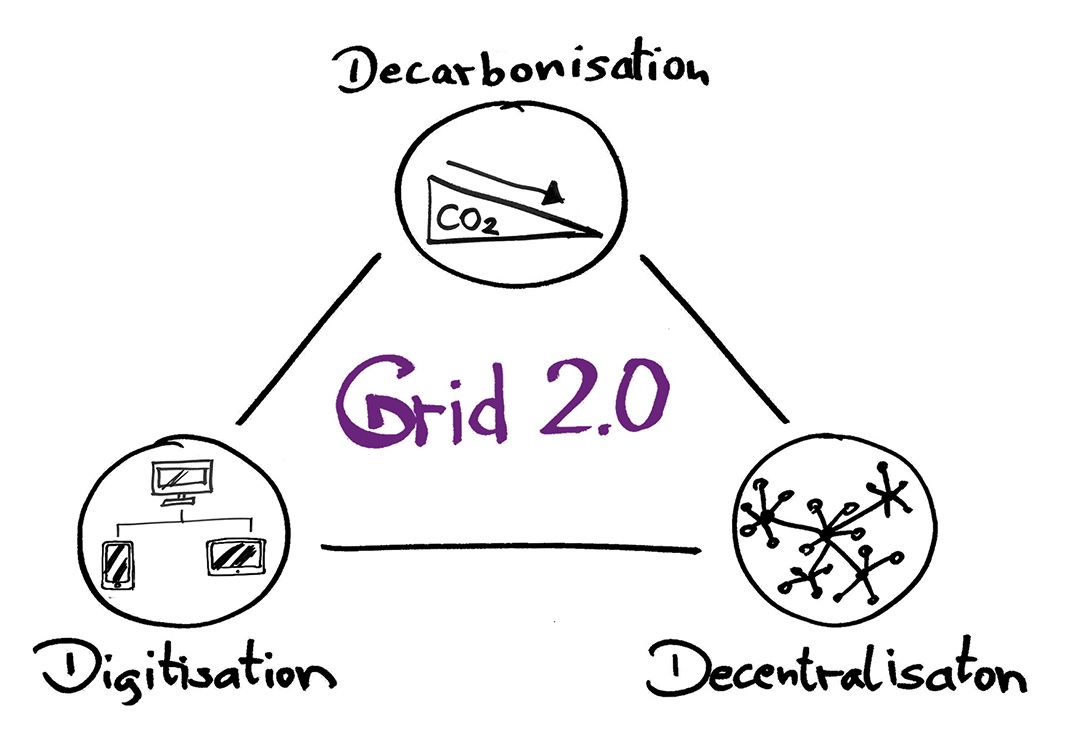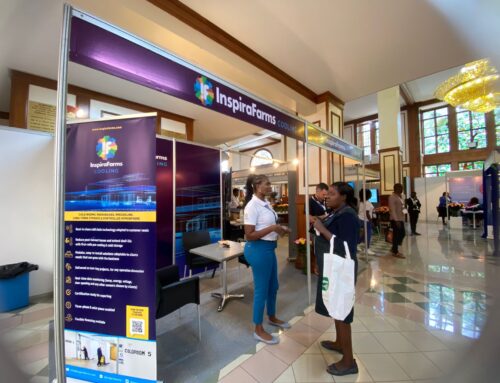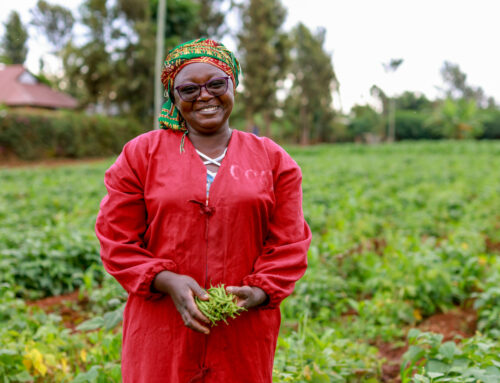What are the smart energy systems and how is Africa embracing them?
During the last few years, the global energy sector has begun changing to a decarbonized global energy system. It is moving away from conventional large-scale infrastructure with a heavy reliance on fossil fuel-based generation, and moving towards a focus on clean sustainable energy and integrating digital – or smart – technology, that brings efficient, affordable, and reliable electricity to consumers.
This transition to building the green economy of the future can be summarized by the 3 Ds: Decarbonization – which refers to low-carbon generation, transmission through renewable energy, and energy efficiency; Decentralization – which is the reduction in reliance on large generation plants through the proliferation of smaller connected plants, closer to the point of use; and Digitalization – which refers to the increasing control over energy usage and energy efficiency, through more flexible, intelligent, connected, and responsive energy systems.
In the past ten years, African countries have witnessed substantial economic growth, combined with an increase in population and the emergence of a more extensive middle class. This has led to a greater energy demand but the countries are still facing significant challenges with regards to energy generation and distribution, and in consequence not meeting the growing demand.
The first challenge is focused on generation, as most African countries still rely heavily on fossil fuels. According to the International Energy Agency (IEA), nearly three-quarters of the total installed generation capacity (122 GW) in Africa originate from fossil fuels, with coal representing 35%. (IEA, Access outlook 2017).
The second greatest challenge is the low electrification rate. As stated by IEA, even though the region has tripled the level of electrification since 2000 (reaching 43%), half of Africa’s population (around 590 million people) still does not have access to electricity, “making it the largest concentration of people in the world without electricity access” (IEA, Access outlook 2017).
Many African countries face a lack of reliable generation infrastructure, while transmission and distribution networks are outdated or underdeveloped, resulting in high losses, frequent blackouts, and load-shedding (Frost & Sullivan, 2018).
In Sub-Saharan Africa (SSA), renewable energy accounts for 23% of the total installed capacity, which is just 2% of the world total. The renewable stake is dominated by large-scale hydropower, which makes up about a quarter of the total capacity.
Unlocking Africa’s potential requires widespread access to energy. The smart energy three Ds can offer innovative solutions to address Africa’s electricity issues, according to a Frost & Sullivan report:
- Smart decentralized grids can help develop Africa’s energy capabilities while ensuring the security of the supply, especially in rural areas where the grid has not yet reached or it is too expensive to electrify by grid connection.
- Emerging, scalable sources of renewable energy-based generation, such as solar and wind power, bring clean, affordable, rapid, and decentralized energy, especially as a starting point for rural locations with no electrification.
- Smart grids offer flexibility, automation, and the smooth integration of renewable energy sources. New solutions such as grid automation software, microgrids, and energy storage will lead to rapid change.
- Managing the electricity flow through two-way digital communication and control capabilities, and providing an interface between user and grid, data analytics, smart metering, and dynamic communication will deliver better customer engagement, demand-response solutions, and also enable superior energy-efficient consumption.
- Preventative maintenance of the systems can be facilitated through the use of smart sensors.
SSA every country has a unique set of circumstances and objectives, and each one is moving in a different way and at a different pace towards smart energy systems. For example, “Senegal has emerged as a leader in microgrid deployment; Ethiopia plans to become Africa’s leading wind power generator; Kenya is the leader in the off-grid solar market; Tanzania was among one of the first countries to introduce an online meter payment platform; and South Africa is the region’s largest investor in new transmission lines” (Frost & Sullivan, 2018).
Kenya is one of the SSA countries with the fastest smart energy development:
- Kenya is a geothermal world superpower.
- They have just commissioned their first commercial-scale solar power plant that will be the largest in East and Central Africa.
- They are implementing a demand-response system (integration of incentives for reducing energy consumption in peak hours).
- They are developing a microgrid network in rural areas using smart meters linked to a cloud-based server.
- There are 27 green (PV and wind) mini-grids planned.
Compared to more developed countries, the process of digitalizing the energy system will be a more lengthy process in most African countries, often due to the difficulty of securing financial capacity. In order to implement new technologies connected to smart energy systems, Africa needs to initiate a cultural shift towards an information-based digital economy, learning about renewable energy potential and related business models.



